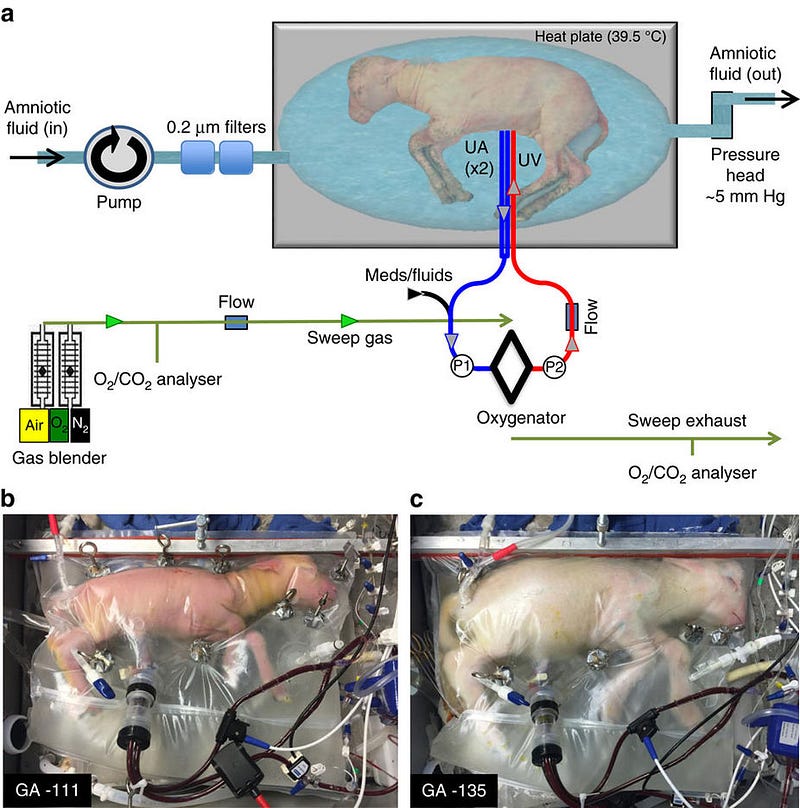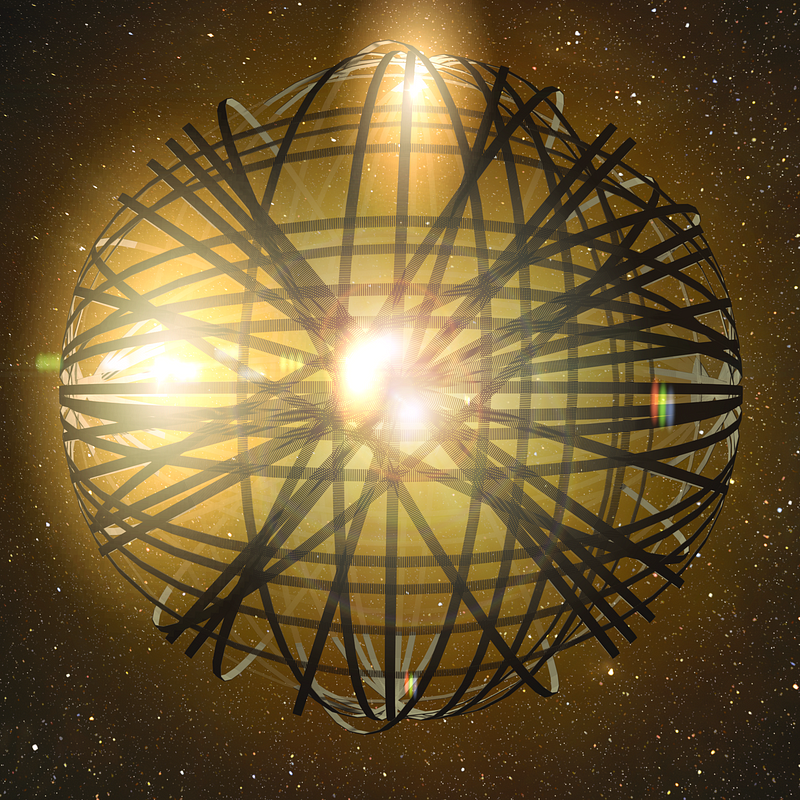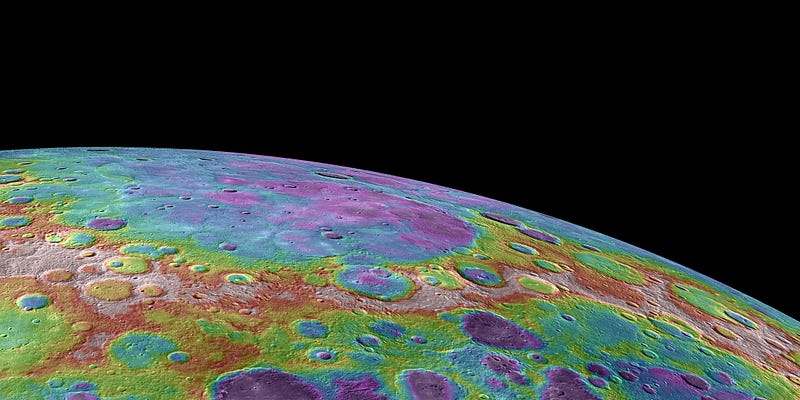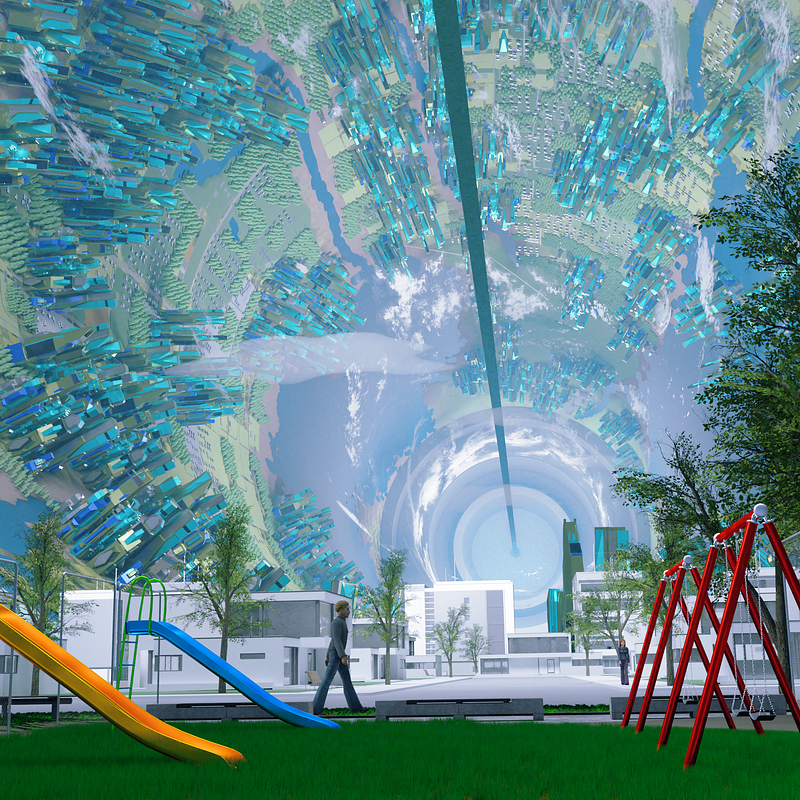# A Vision of Humanity's Future: From Dystopia to Intergalactic Empire
Written on
Chapter 1: A New Dawn for Humanity
Envision a far-off future where humanity has expanded across the Milky Way and into neighboring galaxy clusters, drawn to them by abundant natural fusion reactors. This post-scarcity society relies on stars not only for limitless energy but also for a wealth of resources that fuel their continuous expansion.
DNA manipulation has prevented the emergence of various human species, averting potential conflicts. Instead, humans have enhanced their physical and mental capabilities. Through neural interfaces, they communicate telepathically, eliminating the limitations of language. Virtual reality technology further enriches their experiences, allowing them to acquire new skills and embark on boundless adventures.
“This exchange of thoughts is akin to identifying a 3D object by its shadow; words often fail to capture the essence of our thoughts. Now, I can share a thought directly with you, bypassing the need for words.” — Excerpt from my novel K3+
Aging has become a relic of the past, effectively eradicated by human innovation. People live indefinitely, retaining the vitality of their twenties, supported by nanobots ensuring optimal health. Disease and suffering are distant memories.

Image Credit: Wikimedia Commons
The last global conflict forged an unprecedented unity among people. In a vow to never repeat the horrors of war, humanity collaborated to rejuvenate Earth, restoring its original beauty. Children now develop in artificial wombs, where conditions are perfectly regulated, rendering terms like "infant mortality" obsolete. An advanced AI skillfully merges parental DNA, eliminating genetic flaws. Neural interfaces are integrated during gestation, allowing infants to learn and communicate with their parents even before birth.
During the early stages of space exploration, it became evident that planets and moons were inadequate for long-term survival. Instead, humans constructed colossal space colonies that replicate Earth’s gravity through rotation. These megastructures house ecosystems, rivers, mountains, and cities, while planets have become mere points of interest, visited by only a fraction of the population.
The outer layer of these colonies consists of specialized metamaterials designed to capture stellar energy with unparalleled efficiency. By deploying billions of these structures around a star—forming a Dyson swarm—humans harness its entire energy output, accommodating an astronomical population.

Image Credit: Katie Lane (Full distribution rights reserved by Erasmo Acosta)
As living standards improved, those still struggling on Earth sought opportunities in space, reminiscent of their ancestors chasing the American dream. With lifetimes to spare, there was no need for faster-than-light (FTL) travel to explore new stars. Instead, a solar-powered laser array gently propelled their ships to 60% of the speed of light. Upon arrival, a massive magnetic sail adjusted their speed for orbit.
“The gentle acceleration will create a sensation akin to a slight tilt of the floor; it may seem trivial, but it can catch you off guard.” — Excerpt from my novel K3+
Yet, humanity's origins were fraught with peril. Driven by greed, fear, and conflict, they polluted their environment, disrupted the climate, and waged wars over trivial matters, leaving their planet rigged with nuclear threats.
How did they persevere? The vastness of space offered an abundance of resources. The root of many conflicts—scarcity—was almost non-existent in the cosmos. Although they possessed the technology to exploit space, the focus on short-term gains hindered their progress.
By shifting their mindset towards long-term sustainability, humanity managed to establish a foothold in space.

Image Credit: NASA
Mining asteroids laid the groundwork for their initial space infrastructure, while automated operations on Mercury provided valuable metals and materials. The planet’s gravity simplified the extraction and transportation of resources to construction facilities at the L5 Lagrangian point.
Mercury’s rich deposits kickstarted the development of a spacefaring civilization, enabling the creation of industries and massive colonies that could accommodate millions.
As their population soared, those left behind on Earth sought refuge in space, mirroring the historical quest for the American dream. With an abundance of resources at their disposal, they made remarkable advancements, particularly in genetics and neural technology, paving the way for thought exchange and FTL communication. Techniques like star lifting allowed them to extract materials from the sun, reducing their reliance on Mercury.

Image Credit: Katie Lane (Full distribution rights reserved by Erasmo Acosta)
As their population reached trillions, Earth transformed into a tourist destination, with only a few remaining to oversee the facilities and ensure safety. Most people, born in space, had never set foot on a planet, making them vulnerable to accidents.
With abundant resources and an increasingly large population, they decided to dispatch the first colony ship to neighboring stars. A small rotating habitat was repurposed as a vessel, reinforced with layers of ice to shield against cosmic hazards. Under gentle acceleration, the ship reached 0.2c in nearly four years, then deployed a magnetic sail to decelerate before entering orbit around Proxima, the nearest star in the Alpha Centauri system.
As they established colonies around their new star, FTL communication ensured a cohesive civilization across vast interstellar distances. Within a million years, humanity had colonized the Milky Way and set its sights on the neighboring galaxies.
What lies ahead for humanity?
My dystopian novel K3+ narrates the tale of Earth's downfall and humanity's rise as an intergalactic civilization. It serves as a guide for overcoming our current challenges, exploring space, and rejuvenating our planet, all while intertwining groundbreaking technologies with captivating fiction.
A Roadmap to the Future
An excerpt from K3+